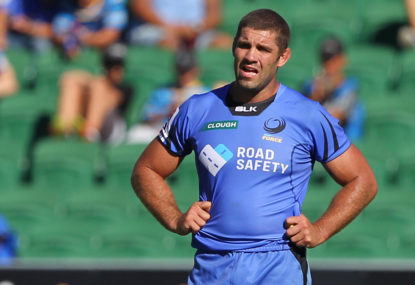At 6.04 pm on Saturday, SANZAAR Media put out an email to the rugby world in Australia that was headed: SANZAAR Super Rugby Announcement.
“SANZAAR will issue a statement to officially announce details on the future of Super Rugby and the tournament format at the conclusion of Round 7 on Sunday 9 April at 18.00 Sydney time (1000 SAST/2000 NZST).
So we had yet another announcement from SANZAAR in the long saga of the future structure of Super Rugby that was merely an announcement that another announcement was going to be made.
What the Sunday announcement would say about the details on Super Rugby’s future was the obvious matter of interest for various pundits in the rugby media.
In his report of the Brumbies (43)–Reds (10) massacre at Canberra Stadium, the Sun-Herald’s Chris Dutton made this fearless prediction: “It’s understood SANZAAR bosses will detail their vision for the future on Saturday night but changes won’t involve cutting any teams.”
Then he made the obvious point, if his no-changes prediction proved to be correct: “It means the past two months of rumours and uncertainty have been an unnecessary black eye on the game, particularly in Canberra.”
Wait a minute though. Not so fast on the no-change presumption.
Jamie Pandaram, the well-informed rugby writer for The Sunday Telegraph opened his column on the Southern Kings–Western Force match (the last match of Round 7) with an entirely different fearless prediction: “With the axe hovering over both teams, the Western Force and Southern Kings must find a way to concentrate on a rugby game this afternoon, knowing their fate could be sealed as they finish playing.”
” … SANZAAR is expected to hand down a decision cutting the competition from 18 teams to 15 next year … If that eventuates, Perth’s Force and the Southern Kings and Cheetahs from South Africa will be cut … A faint possibility remains that SANZAAR will keep 18 teams, but it is not likely.”
And on Saturday (8 April), the New Zealand online site Stuff reported this: “SANZAAR hopes to be in a position by Monday to announce that three teams will be culled from Super Rugby. More than a month after a meeting in London where SANZAAR partners agreed in principle to push ahead with New Zealand’s preference for a 15-team competition, those teams facing the axe are no clearer about their respective futures.”
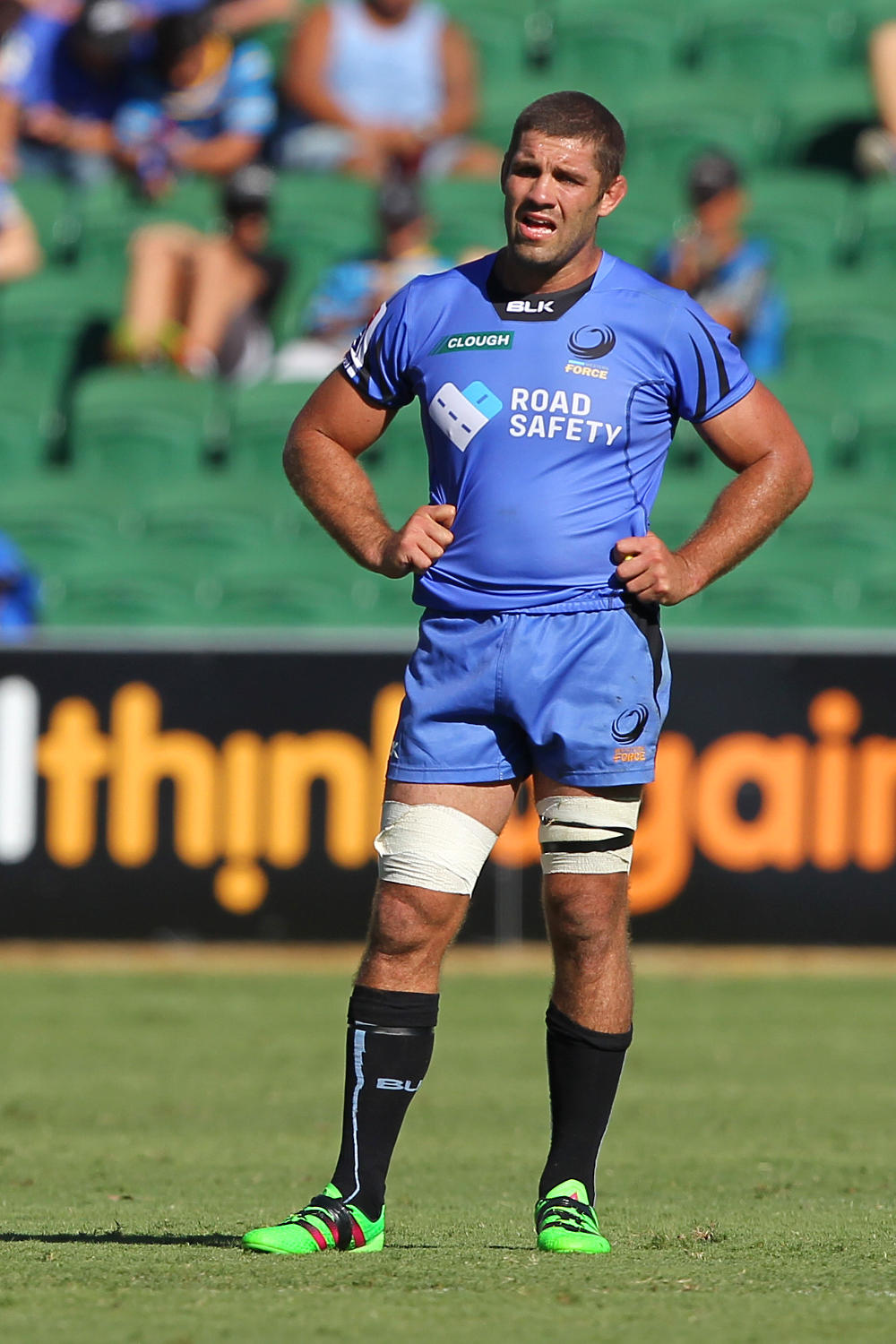
So we had once again from the rugby officials involved with SANZAAR confused messages being sent out by way of leaks concerning that decisions were, finally, going to be made about the future structure of the Super Rugby tournament. Perhaps. Or perhaps not.
SANZAAR put out its Saturday email foreshadowing an important announcement on Sunday while the Highlanders and the Blues were playing out a titanic match, full of Test rugby intensity and skills.
The contrast between the quality of the rugby in the Super Rugby tournament and the lack of quality in the administration of the tournament, at the SANZAAR and franchise level, was very much in evidence in the juxtaposition of what was happening on the field and what was not happening off the field.
Once again, the hard truth about Super Rugby was exposed.
On the field, Super Rugby provides the best rugby in the world. Off the field, the tournament is organised in a manner bordering on the hopeless.
Let’s go through Round 7, as it was played out on the field.
The Hurricanes 38–Waratahs 28 provided a fascinating example of the cliche of a game of “two halves” on Friday night at Wellington.
For the first 40 minutes, the Hurricanes were just terrific, just magical in their ensemble play. They scored four tries and led 33–7 when the Waratahs wandered off the field to the dressing room at half-time. The largest winning margin the Hurricanes have ever put on the Waratahs is 25. The brilliance of the Hurricanes’ play is highlighted by this fact.
After half-time, the game changed. Instead of kicking the ball back to the Hurricanes and allowing the Barrett brothers (particularly) to cut their defence to ribbons with sensational counter-attacking running, the Waratahs ran the ball back at the Hurricanes.
The result was a Waratahs comeback, almost for the ages. With three minutes of play left, the Waratahs could have been given a penalty try from a second Beauden Barrett knock-down of the ball. The Waratahs were ten behind and, if the penalty try had been awarded (a 50-50 proposition, admittedly), they would have been in the position to make one final assault on the Hurricanes to win or draw the match.
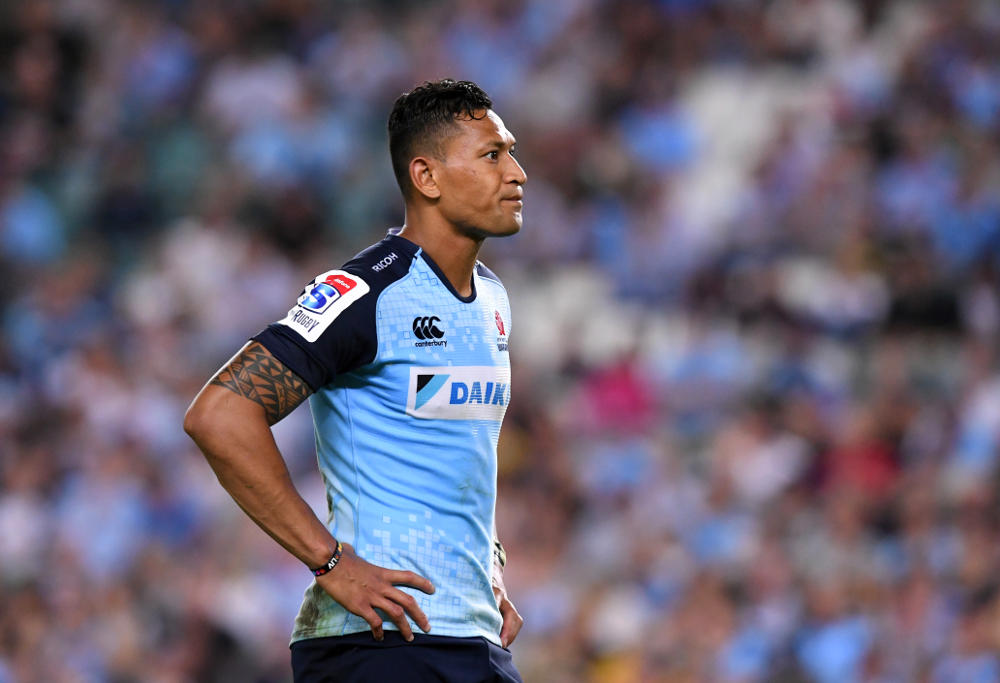
The Sunwolves (21)–the Bulls (20) at Tokyo provided another nail-biting finish as the home side, in front finally in the 74th minute, held out the rampaging Bulls to send the spectators into a frenzy. This was more nail-biting stuff as wave after wave of attacks from the Bulls were thwarted, repulsed, smashed back to the roars of the crowd.
The Highlanders (26)–Blues (20) was just as intense as the Tokyo match, with a skill level and intensity that matched many Test matches. The teams ran 759m and made 240 passes. Play raced up and down the field.
Sonny Bill Williams made a cameo appearance in his first match in 2017. He made a break to set up a move that should have resulted in a try that could have won the match. Then minutes later passed poorly to allow a Highlanders break-out entrenched them in the Blues territory.
At Canberra, after a lacklustre first half, with its 11–10 scoreline to the Brumbies, the home side stormed home to a sensational 43–10 victory over the hapless Reds. The Brumbies looked like the Brumbies of old, in the glory days of the franchise, as they ran back kicks, put on clever back line plays and smashed the experienced Reds up front with their powerful scrumming, clean-outs and mauling.
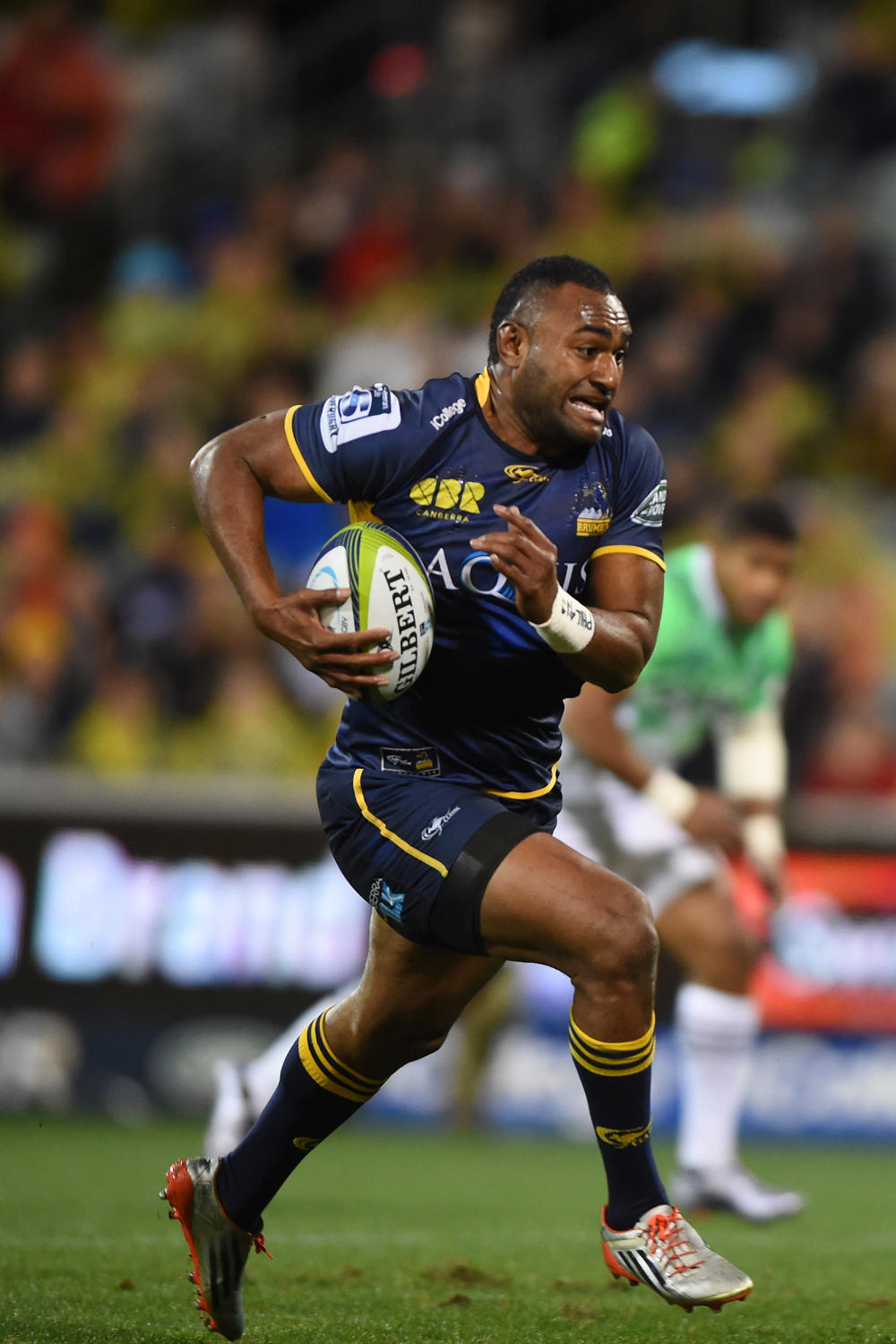
One of the commentators reckoned that this was the best performance by the Brumbies in several years, a well-deserved compliment to a team that has been (correctly) criticised for a couple of years of trying to play like a maul-obsessed mediocre South African side.
If the Brumbies were trying to make a point about being retained in the Super Rugby format, this was the best possible argument they could have made. The victory gave them their 10th successive win against Australian sides.
At Cape Town, hours later, the Stormers (34) defeated the Chiefs (26) with a scoreline that flattered the home side, even though, as the Chiefs coach Dave Rennie conceded, the Stormers were the better team.
Once again, this was a match of Test match intensity and skills. One of the Chiefs tries was started on their try line and involved ten passes and no rucks before winger Toni Pulu dotted down near the posts. If ever anyone wants to understand the development of the new New Zealand style of basketball/rugby, where passing rather than contact is the main attacking weapon, this try (surely the Try of the Year already) is the prime example of the method.
The biggest crowd of the year at Cape Town attended the match. The lesson in this for SANZAAR is clear. The crowds will turn out to see strong teams playing at their best against equally strong opponents. The power of the home ground advantage, as demonstrated by the Stormers who came out literally in storming fashion, was one of the best features of Super Rugby.
The Stormers’ victory over the Chiefs suggests that in South Africa (and New Zealand) this home ground advantage is still very much in play, a factor which in turn makes wins away from home such a satisfying result for supporters of the team that achieves such a result.
This perception of a strengthening of South African teams, particularly when they are playing at home, was enhanced with the tough 18–13 victory the Sharks recorded against the visiting Jaguares.
I had the sense watching the Western Force (46)–Southern Kings (41) of watching the rugby equivalent of the last waltz. The rugby was spectacular and entertaining. You had to admire the courage of the players to give the game everything knowing that for many of them this might be their last year in Super Rugby.
Greg Martin reckoned that this was the most entertaining match he had seen from the Force. The victory was a credit to the zest for playing smart, expansive rugby by the players and the game plan developed by the coaching staff.
The crowd at the nib Stadium at Perth was 8,474, a reasonable number but the franchise can’t be sustained on this sort of a turnout given the fact that of all the Australian sides the Force has the greatest travel costs.
On the dot of 6pm on Sunday night, after the Force had given a vivid insight into the exciting rugby that are capable of playing, the highly anticipated email from SANZAAR came through.
It carried a blunt message in its heading: Super Rugby Restructured to 15 Teams from 2018.
“The change sees an overall reduction of three teams from the current 18-team format, two from South Africa and one from Australia. The Sunwolves will move into the Australian Conference. The teams from Australia and South Africa that will compete will be confirmed in due course by the respective National Unions.”
This reduction of the Super Rugby teams from 18 to 15 creates a viable, or more likely a more viable business model for the tournament right now, and some time in the future when the tournament finally develops its potential to expand in Asia, South America, the US, and the Pacific Islands.
That expansion, if ever, is probably a decade or so into the future.
One of the interesting points made in the media release is that details regarding a “longer term vision” to “maximise further developments … commercial revenues and sustainability” will be released in “the coming months.”
I think that having the Sunwolves in the Australian Conference is a bonus for Australian rugby. As media release pointed out: “The decision to retain the Sunwolves is linked directly with SANZAAR’s strategic plan for the future. The potential for growth of the sport in Asia off the back of the establishment of the Sunwolves and the impending Rugby World Cup in 2019 is significant.”
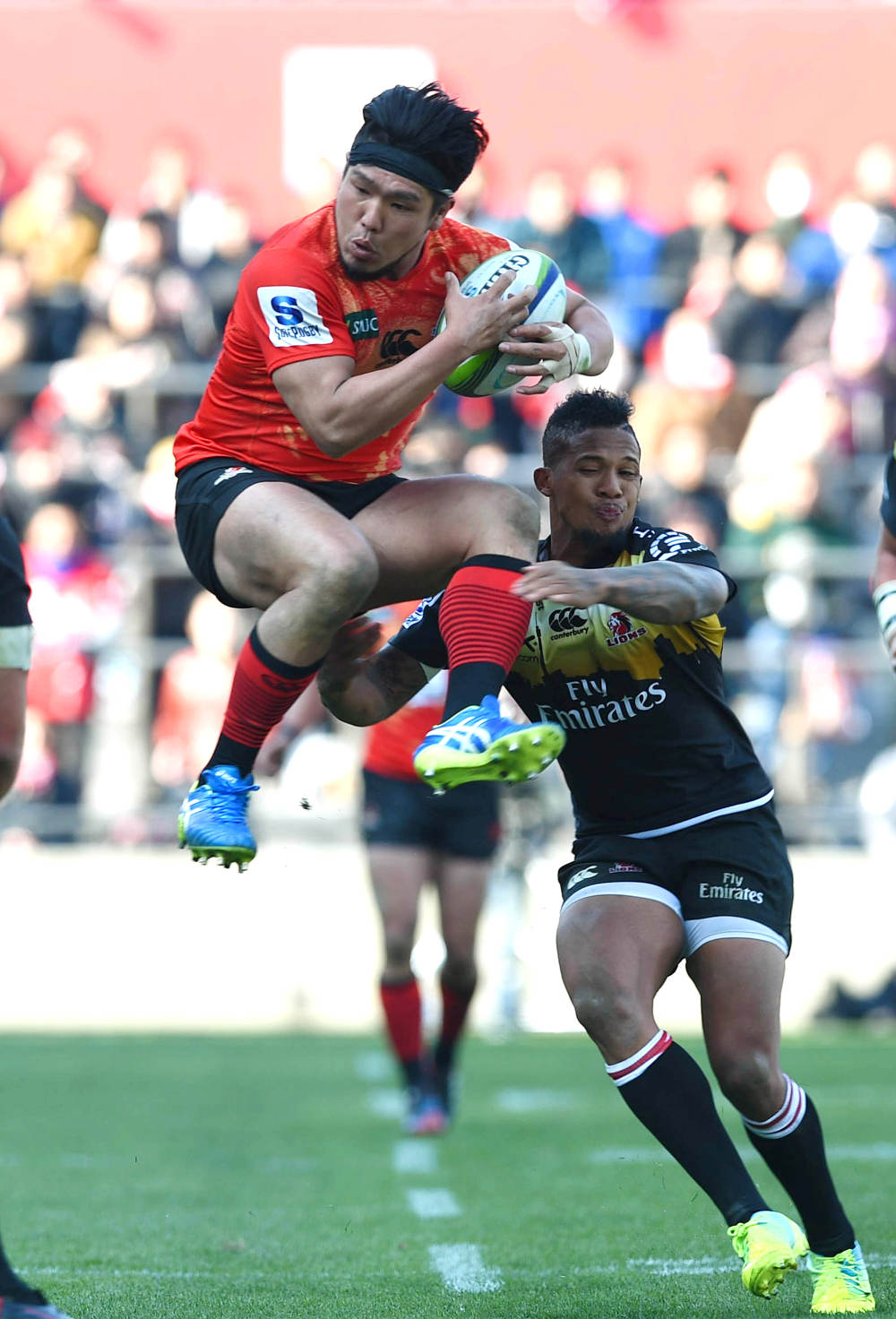
Australia is in the box seat, with the Sunwolves in the Australian Conference, to get a heads-up commercially from this Asian explosion of interest in rugby.
The entire process of returning the Super Rugby tournament to a 15-team format, it seems to me, was pushed and engineered by the New Zealand Rugby Union.
The pressures of the tough travel schedules was having an impact on the performances of the All Blacks on their end-of-year tours.
There were, as well, too many teams not worth watching by a worldwide audience that pays handsomely to see the tournament.
The only country that can support five viable Super Rugby teams, in terms of playing ability, is New Zealand.
Reluctantly I have come to the conclusion that right now there are not the players – and just as importantly there’s a lack of coaching talent – to support five Super Rugby teams in Australia.
My answer to this problem is for the ARU to deepen the talent pool by investing more heavily in club and schools rugby.
My guess is that the ARU board does not understand that the great clubs in Sydney and Brisbane are our equivalent of the New Zealand provinces.
There should be a Super Club national tournament that starts when the club season ends. This would be a more organic way of creating a new second tier competition than what happens now.
There needs to be a rationalisation of the schools competitions, too, with the adoption of the New Zealand model of the top schools in each major cities playing each other every year in a tough tournament environment.
Clearly though before these decisions and plans can be made, the ARU has to decide on which team from the current five Super Rugby sides it is going to drop from the Super Rugby format.
I would say that that the Waratahs, the Reds (despite their appalling form this year with their old recruits!) and the Brumbies are safe.
The Melbourne Rebels should be safe, too. The franchise is privately owned and is in the second biggest sporting market in Australia. The complex legal entanglements involved with dropping the Rebels, as well, would certainly involve expenses that a barely viable ARU cannot afford to pay.

This leaves the Force. The ARU owns the intellectual property of the Force after the franchise was bailed out last year. This means that the ARU effectively owns the franchise. So dropping the franchise is the obvious option, unfortunately.
I say ‘unfortunately’ because the Force are starting to produce a number of home-grown Super Rugby players.
A task facing the ARU, therefore, is to somehow encourage rugby people in Perth to keep the faith and build the game up in the city so that when expansion comes, as it will in due course, Perth will be ready, on and off the field, to field a competitive side that enhances the Super Rugby tournament.
There are reports out of South Africa that the Southern Kings, the Cheetahs and the Western Force are the three teams that are going to be dropped.
The decision has been made, as it must have been, on the teams that are going to be dropped. The ARU had to agree with the 15-team format, after all. When this format was agreed to, the ARU must then have decided on the team that was going to be axed.
When the dust settles on this process of re-structuring the Super Rugby tournament, we will learn (I am sure) that the 15-team format, with two South African teams and one Australian team to be dropped, was made at the conference in London that met in March.
The ARU decision, presumably, to axe the Force must have been made sometime shortly after that.
What this means is that the ARU knows which team it is going to drop.
Why not, for once, won’t the ARU do the decent thing and put the Force out of its present misery of expecting the worst but hoping against hope for a last-minute reprieve?





























































































